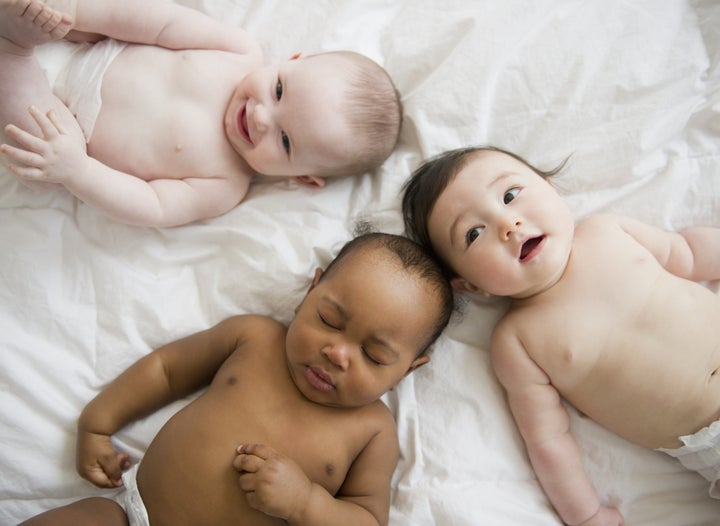
At first thought, you may think that child development and parenting varies greatly across the world and different cultures. While this is true, there are also tons of similarities. For example, infants and toddlers across all cultures will seek attachment and a need to trust a primary caregiver. Children require a nurturing and responsive caregiver and a safe place to explore and play regardless of where they are being raised or the culture they live in.
On the other hand, language is a huge difference between cultures and it does affect development because it directly affects how people think and reason. For example, parents of Western European and Northern American countries tend to focus on their infant’s needs and them as a person. While on the other hand, Asian and African countries focus more on their child’s interactions and surroundings. The result of this happens when these children are asked to describe themselves and the Western European and Northern American children say “I am smart” or “I am good at dancing” whereas the children from Asia and Africa will say “I am a good student” or “I can dance.”
Although, no matter where a child is from in the world, studies have shown that developmental milestones are generally met in the same order. For instance, a child will crawl before they can walk, or they will eat with their hands before they eat with cutlery. There may be some variation in when these milestones are met but they will all be met in the same order.
Child development and parenting styles differ across the globe. But, there are still many factors that influence development that stay the same among different cultures. Overall, infants and toddlers across the world that have a nurturing and responsive caregiver and a safe place to explore and play are bound to thrive.
source: http://theconversation.com/how-culture-influences-childrens-development-99791


